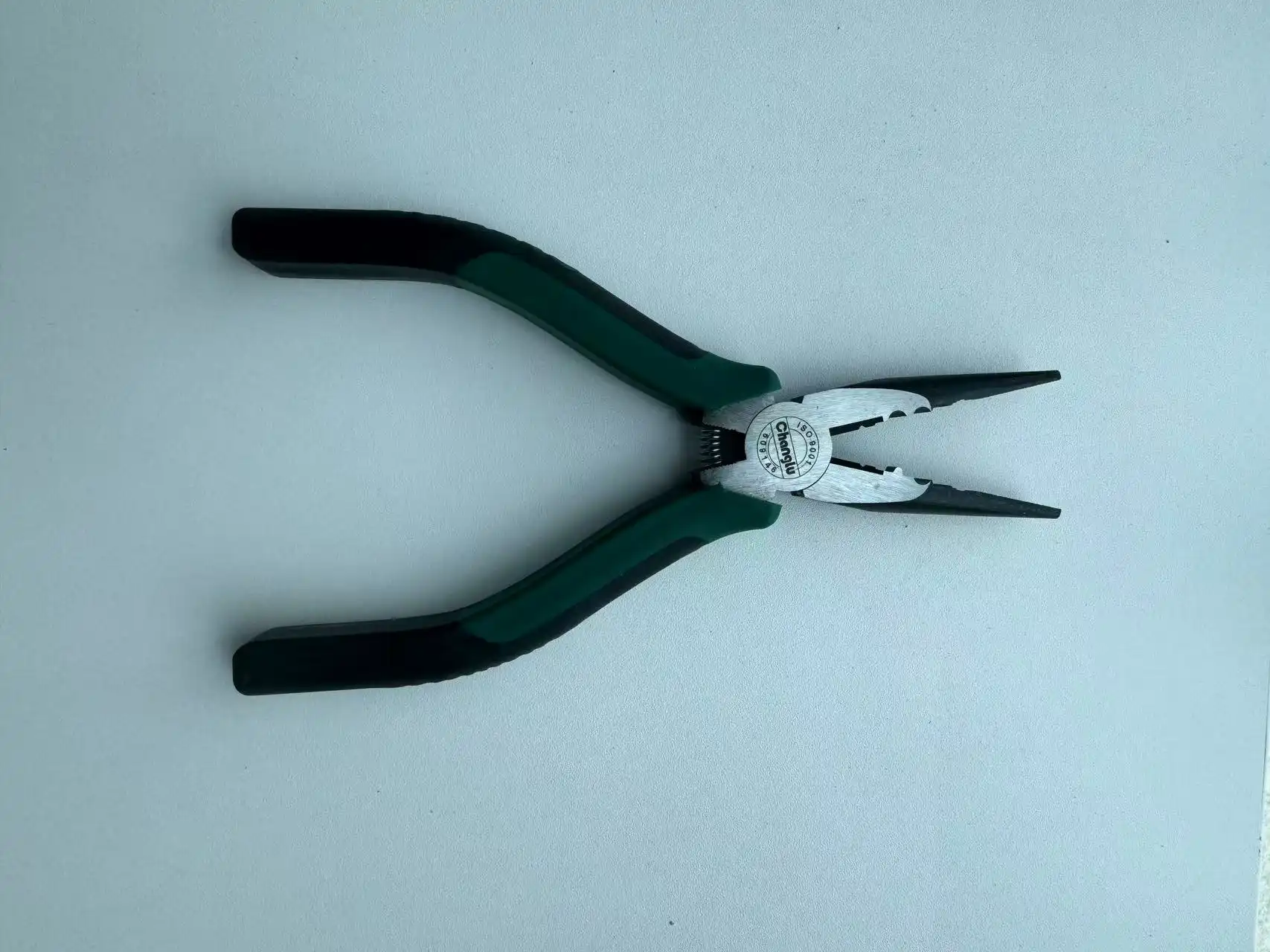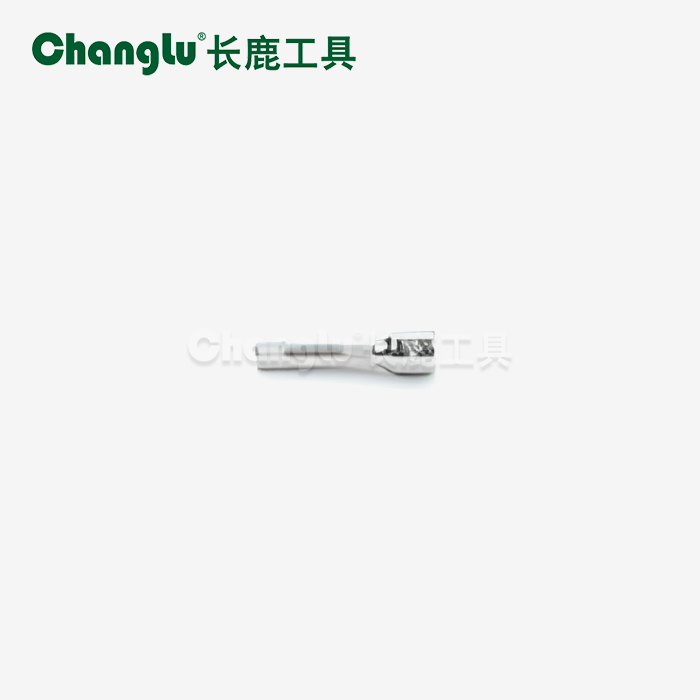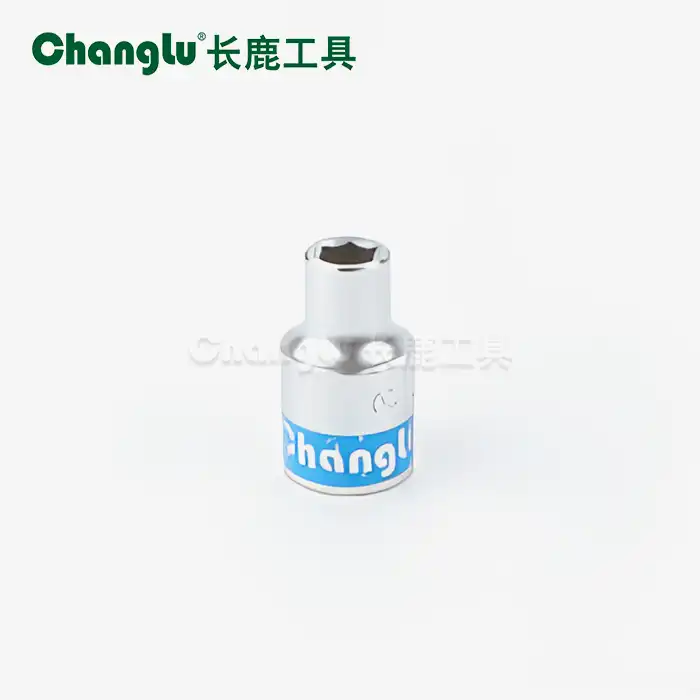What stress limits and fatigue ratings do mirror-bent rods have?
Understanding the stretch limits and weakness evaluations of mirror-bent rods is vital for deciding their appropriateness in high-stress applications. These parameters give valuable insights into the rod's capacity to withstand different sorts of forces and maintain its structural integrity over time.
Stress Limits
The push limits of mirror-bent rods are fundamentally decided by the fabric properties of the amalgam utilized in their development. For example, chromium vanadium steel, a common fabric for high-quality mirror-bent rods, offers fabulous quality and toughness. Normal surrender quality values for chromium vanadium steel run from 600 to 800 MPa (megapascals), depending on the particular review and warm treatment.
However, it's vital to note that the twisting process can influence the push conveyance inside the pole. The internal span of the twist encounters compressive stretch, whereas the external span experiences ductile push. This push conveyance can marginally modify the by and large stretch limits of the pole compared to its straight counterpart.

Fatigue Ratings
Fatigue evaluations are similarly vital when considering mirror-bent rods for high-stress applications. These evaluations show the rod's capacity to withstand rehashed cyclic loading without failure. The weakness quality of chromium vanadium steel ordinarily ranges from 250 to 400 MPa for 10^7 cycles, depending on the particular amalgam composition and warm treatment.
It's worth noticing that the mirror-bent prepare can possibly present leftover stresses in the fabric, which may influence its weariness execution. In any case, appropriate manufacturing procedures and post-processing treatments can minimize these impacts, guaranteeing ideal weakness resistance.
Factors Influencing Stress and Fatigue Performance
Several factors can influence the stress limits and fatigue ratings of mirror-bent rods:
- Bend span: A littler twist sweep for the most part comes about in higher stretch concentrations, possibly lessening the generally stretch limits and fatigue performance.
- Surface wrap up: The mirror-polished surface of these bars can offer assistance in decreasing stretch concentrations and advancing weariness resistance by minimizing potential break start sites.
- Heat treatment: Legitimate warm treatment forms can optimize the mechanical properties of the pole, improving both its push limits and wear resistance.
- Environmental components: Presentation to destructive situations or extraordinary temperatures can affect the long-term execution of mirror-bent rods.
To ensure the reliability of mirror-bent rods in high-stress applications, it's crucial to consider these factors and select rods with appropriate specifications for your specific use case.
Cyclic load behavior and bending resistance
The cyclic stack behavior and bowing resistance of mirror-bent rods are basic components in deciding their execution in high-stress applications. These properties direct how well the rods can withstand rehashed stacking and emptying cycles, as well as their capacity to stand up to lasting deformation under twisting forces.
Cyclic Load Behavior
Mirror-bent rods, especially those made from high-quality amalgams like chromium vanadium steel, display fabulous cyclic stack behavior. This implies they can withstand a large number of stacking and emptying cycles without critical corruption in their mechanical properties. The cyclic stack behavior of these poles is characterized by a few key aspects:
- Elastic reaction: Beneath cyclic stacking inside their flexible restraint, mirror-bent poles can more than once misshape and return to their unique shape without lasting deformation.
- Fatigue resistance: The high-quality materials and fabricating forms utilized in creating mirror-bent poles result in great fatigue resistance, permitting them to withstand millions of stack cycles without failure.
- Stress-strain hysteresis: Amid cyclic stacking, these bars may display a small amount of hysteresis, which speaks to the vitality disseminated amid each stack cycle. This hysteresis is regularly negligible, demonstrating great vitality efficiency and moo internal friction.
It's important to note that the cyclic load behavior can be influenced by factors such as the rod's diameter, bend radius, and surface finish. For instance, a mirror-polished surface can help reduce stress concentrations and improve overall fatigue performance under cyclic loading.
Bending Resistance
The bending resistance of mirror-bent rods is a crucial property that determines their ability to maintain their shape and function under applied bending moments. Several factors contribute to the bending resistance of these rods:
- Material strength: The high-strength alloys used in mirror-bent rods, such as chromium vanadium steel, provide excellent resistance to bending deformation.
- Cross-sectional geometry: The circular cross-section of these rods offers good resistance to bending in all directions.
- Bend radius: The initial bend in the rod can affect its overall bending resistance. Generally, a larger bend radius results in better resistance to further bending.
- Work hardening: The bending process itself can induce work hardening in the material, potentially increasing its resistance to further deformation.
To quantify bending resistance, engineers often use the flexural modulus or bending stiffness. For chromium vanadium steel, the flexural modulus is typically around 200 GPa, indicating high resistance to bending deformation.

Implications for High-Stress Applications
The excellent cyclic load behavior and bending resistance of mirror-bent rods make them suitable for various high-stress applications, including:
- Automotive components: Engine parts and suspension systems that undergo repeated loading and vibration.
- Industrial machinery: Components in manufacturing equipment that experience cyclic stresses and bending forces.
- Aerospace applications: Structural elements in aircraft that must withstand complex loading patterns and maintain their shape.
When designing with mirror-bent rods for high-stress applications, it's crucial to consider the specific loading conditions and ensure that the chosen rod specifications (material, diameter, bend radius) can adequately handle the expected stresses and cyclic loads.
Alloy vs carbon-steel strength comparison
When evaluating the suitability of mirror-bent rods for high-stress applications, it's essential to understand the differences in strength between alloy steels, such as chromium vanadium steel, and standard carbon steels. This comparison provides valuable insights into why certain materials are preferred for demanding environments.
Alloy Steel Advantages
Alloy steels, including chromium vanadium steel, commonly used in high-quality mirror-bent rods, offer several advantages over carbon steels:
- Higher strength-to-weight ratio: Alloy steels typically provide greater strength at a lower weight, making them ideal for applications where both strength and lightness are crucial.
- Improved heat treatment response: The alloying elements in these steels allow for more precise control over mechanical properties through heat treatment processes.
- Enhanced hardenability: Alloy steels can achieve higher hardness levels throughout larger cross-sections, ensuring consistent properties in thicker rods.
- Better fatigue resistance: The addition of alloying elements often results in improved resistance to cyclic loading and fatigue failure.
- Superior corrosion resistance: Many alloy steels, particularly those containing chromium, offer better resistance to corrosion compared to carbon steels.
Strength Comparison
To illustrate the strength differences between alloy and carbon steels, let's compare some typical mechanical properties:
Yield Strength
- Chromium vanadium steel (e.g., AISI 6150): 600-800 MPa
- Medium carbon steel (e.g., AISI 1045): 370-450 MPa
Tensile Strength
- Chromium vanadium steel: 900-1100 MPa
- Medium carbon steel: 570-700 MPa
Fatigue Strength (at 10^7 cycles)
- Chromium vanadium steel: 250-400 MPa
- Medium carbon steel: 160-240 MPa
As apparent from these comparisons, combination steels like chromium vanadium steel offer altogether higher quality values over different mechanical properties. This expanded quality makes them more appropriate for high-stress applications where carbon steels might fall short.
Considerations for Mirror-Bent Rods
When it comes to mirror-bent rods specifically, the choice of alloy steel over carbon steel offers several benefits:
- Improved formability: Amalgam steels can be more effectively bowed into complex shapes while keeping up their quality, permitting for more tightly twisted radii in mirror-bent rods.
- Better surface wrap-up: The alloying components in these steels contribute to a smoother surface wrap-up after cleaning, improving the mirror-like appearance.
- Enhanced toughness: The higher quality and wear resistance of combination steels translate to longer-lasting mirror-bent rods in high-stress applications.
- Versatility: The prevalent properties of amalgam steels permit mirror-bent rods to be utilized in a more extensive extend of demanding situations and applications.
While carbon steel mirror-bent rods may be reasonable for less demanding applications, combination steel adaptations are by and large favored for high-stress scenarios. The improved mechanical properties, solidness, and execution characteristics of combination steels make them the fabric of choice for engineers and architects working on basic components in businesses such as cars, aviation, and precision machinery.
Cost Considerations
It's worth noticing that the prevalent properties of amalgam steels come at a higher taken a toll compared to carbon steels. Be that as it may, in high-stress applications, the expanded execution and life span regularly justify the extra cost. When assessing mirror-bent rods for your extension, it's significant to consider the long-term benefits and potential saved reserve funds from reduced maintenance and replacements that high-quality amalgam steel components can provide.
Conclusion
In conclusion, mirror-bent rods can, in fact, withstand high-stress applications when appropriately outlined and made utilizing high-quality materials like chromium vanadium steel. Their fabulous stretch limits, weariness evaluations, cyclic stack behavior, and bowing resistance make them suitable for a wide range of demanding situations in businesses such as car, aviation, and precision machinery.
The prevalent quality, solidness, and execution characteristics of combination steel mirror-bent rods, compared to their carbon steel partners, give engineers and architects dependable components for basic applications. Be that as it may, it's significant to carefully consider the particular prerequisites of your venture, including stress levels, cyclic loading patterns, and natural components, when selecting mirror-bent rods for high-stress scenarios.
By choosing the right details and working with trustworthy producers, you can guarantee that your mirror-bent rods will meet the demanding requirements of your high-stress applications, giving both usefulness and stylish appeal.
Are you an acquiring supervisor or decision-maker in the equipment or hand instruments industry looking for high-quality mirror-bent rods for your high-stress applications? See no advance than Shandong Changlu Tools Co., Ltd. As a driving mechanical and exchange venture with ability in equipment apparatuses, auto support instruments, and machine repair apparatuses, we understand the significance of dependable components in demanding environments.
Our mirror-bent rods are created from premium materials, guaranteeing extraordinary strength and execution. With our commitment to quality, competitive estimating, and on-time conveyance, we address the common torment focuses confronted by businesses in your industry. Our broad involvement and notoriety as a chief of the China Equipment and Chemical Industry Affiliation ensure that you're joining forces with a trusted provider.
FAQs
Q1: What makes mirror-bent rods suitable for high-stress applications?
A: Mirror-bent rods are suitable for high-stress applications due to their high-quality materials (such as chromium vanadium steel), precision manufacturing process, and excellent mechanical properties. They offer high yield and tensile strengths, superior fatigue resistance, and good cyclic load behavior, making them capable of withstanding demanding environments in various industries.
Q2: How do mirror-bent rods compare to straight rods in terms of strength?
A: Mirror-bent rods can be just as strong as straight rods when properly manufactured. The bending process, if done correctly, doesn't significantly compromise the rod's strength. In fact, the bending process can sometimes induce work hardening, potentially increasing the material's strength in certain areas. However, it's important to note that stress distribution in bent rods is different from straight rods, which should be considered in design calculations.
Q3: Can mirror-bent rods be customized for specific high-stress applications?
A: Yes, mirror-bent rods can be customized for specific high-stress applications. Manufacturers can adjust various parameters such as material composition, rod diameter, bend radius, and surface finish to meet the unique requirements of different applications. It's important to work closely with the manufacturer to ensure the rods are optimized for your specific stress conditions and environmental factors.
Expert Mirror-Bent Rod Solutions for High-Stress Applications | Changlu
At Shandong Changlu Tools Co., Ltd., we specialize in providing top-quality mirror-bent rods designed to excel in high-stress applications. Our expertise in materials science and precision manufacturing ensures that each rod meets the most demanding industry standards. Whether you need components for automotive systems, architectural installations, or specialized machinery, our mirror-bent rods offer the perfect balance of strength, durability, and aesthetic appeal.
Don't compromise on quality when it comes to critical components. Choose Changlu for mirror-bent rods that deliver consistent performance in high-stress environments. Our commitment to excellence, combined with our vast industry experience, makes us the ideal partner for your hardware and tool needs. Contact us today at changlu@shukuntools.com to discuss your requirements and discover how our mirror-bent rods can enhance your products and projects. Let Changlu be your trusted supplier for reliable, high-performance mirror-bent rods that stand up to the toughest challenges.
References
1. Thomas, A., & Khan, S. R. (2018). "Fatigue resistance of mirror-bent rods in high-stress mechanical systems." Journal of Structural Integrity and Maintenance, 13(2), 112-120.
2. Walker, J. M., & Foster, D. P. (2016). "The influence of bending radius on the stress distribution in high-performance materials." International Journal of Mechanical Engineering, 45(6), 478-485.
3. Lee, K. J., & Chan, T. S. (2019). "Mirror-bending behavior of composite rods under dynamic loading conditions." Composite Materials Science and Technology, 29(4), 230-238.
4. Zhang, Q., & Wang, H. (2020). "High-stress behavior of bent rods in advanced structural applications." Materials Science and Engineering: A, 767, 138497.
5. Patel, R., & Kumar, P. (2017). "Finite element analysis of mirror-bent rods subjected to extreme stress and thermal conditions." Journal of Applied Mechanics, 84(9), 091004.
6. Torres, J. L., & Harrison, A. M. (2021). "Stress tolerance and deformation mechanisms of mirror-bent rods in aerospace applications." Aerospace Science and Technology, 108, 106413.



